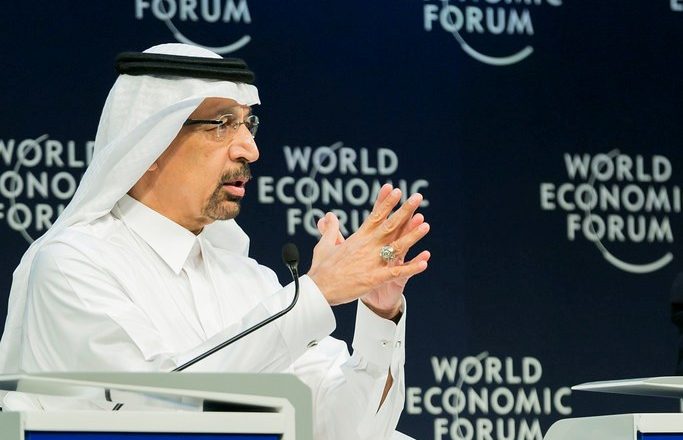
Saudi oil stations hit by armed drones
On 14 May, a day after the attacks on the two Saudi oil tankers near the coast of the United Arab Emirates (UAE), two oil stations were struck close to the capital Riyadh. Saudi Energy Minister, Khalid Al-Falih said the attacks had caused a fire at one of the stations, which was later contained. The other pump suffered damages but didn’t disrupt the oil production. Al-Falih warned the attacks were coming from terrorist entities, including “the Houthis militias in Yemen that are backed by Iran” he said on state TV. Houthi-run TV channel Al-Masirah said earlier that day that its drones had hit a number of Saudi targets. A Houthi official was quoted saying “This large military operation is in response to the continued aggression and blockade of our people and we are prepared to carry out more unique and harsh strikes.” On 16 May, two days after the attacks, Reuters reported several air strikes on the Houthi-held capital Sanaa, carried out by the Saudi-led coalition, injuring 52 people and killing six civilians. On 15 May, Permanent Representative of Saudi Arabia to the UN, Abdallah Al-Mouallimi, submitted a letter to the United Nations Security Council (UNSC) in which it accuses Iran and the Yemeni Houthi group for targeting their oil facilities. A joint message was also sent from Saudi Arabia and the United Arab Emirates (UAE) to the UNSC and the UN Secretary-General António Guterres, on the attack on Sunday 12 May against two ships near the Strait of Hormuz.
- The Euromed news are edited by the team of the Euro-Mediterranean Policies Department of the European Institute of the Mediterranean -


